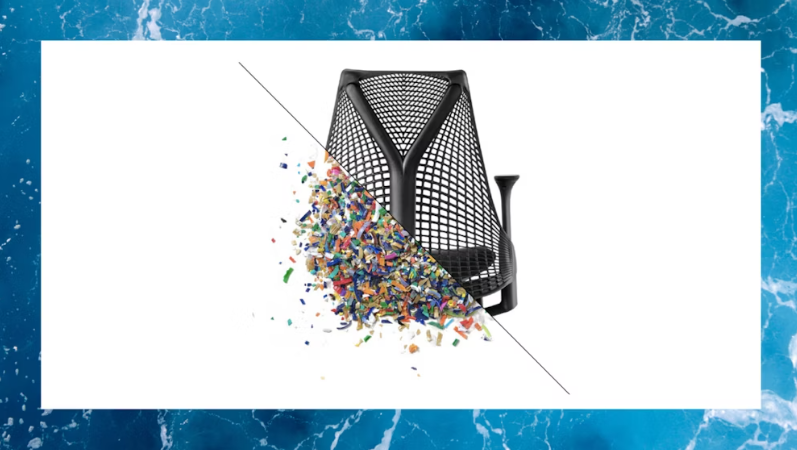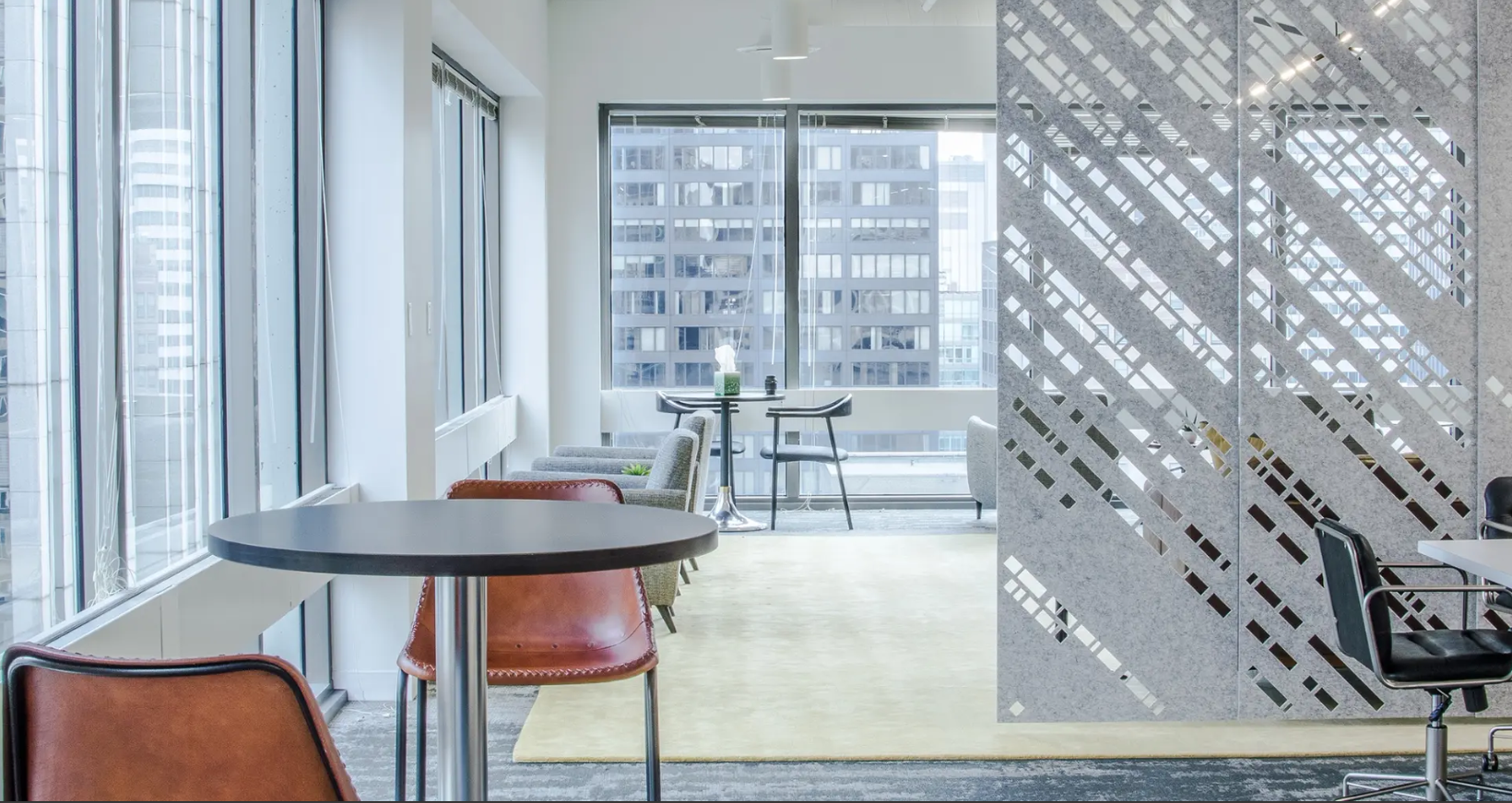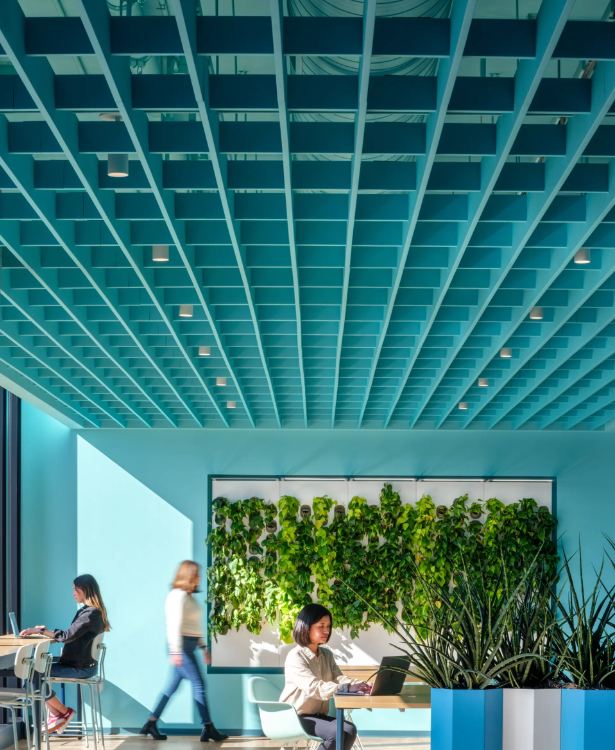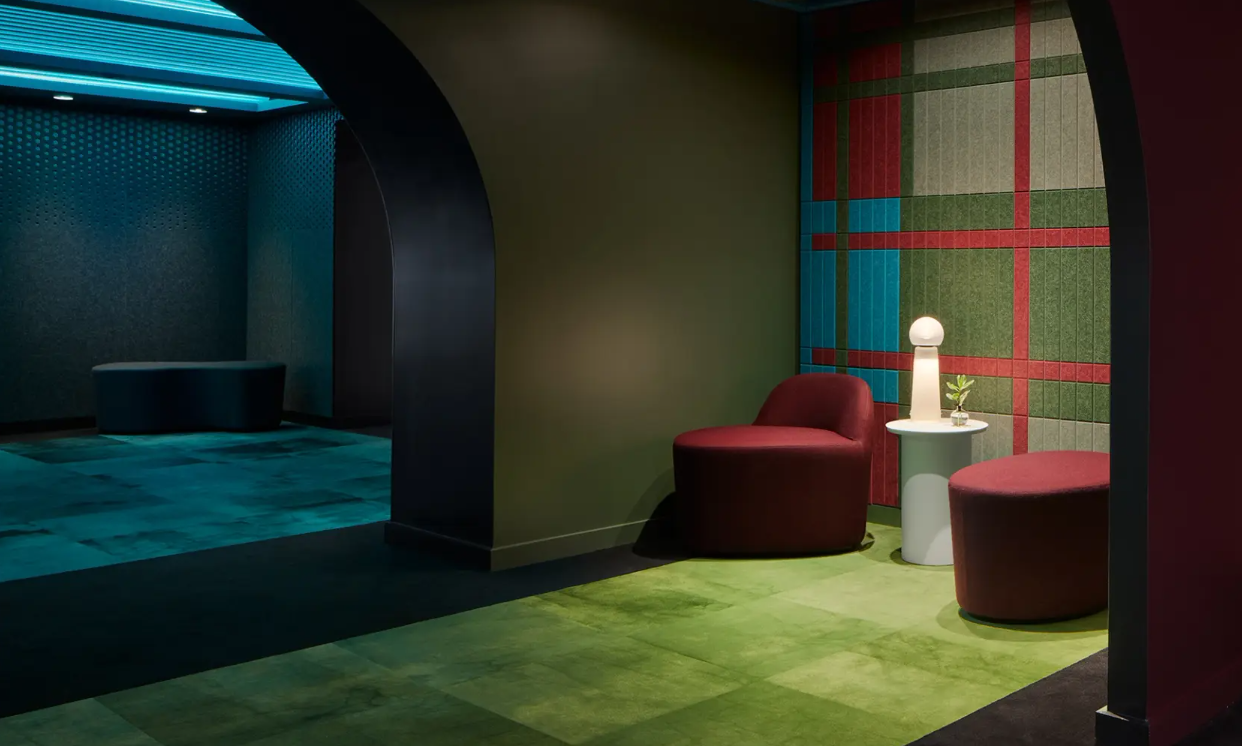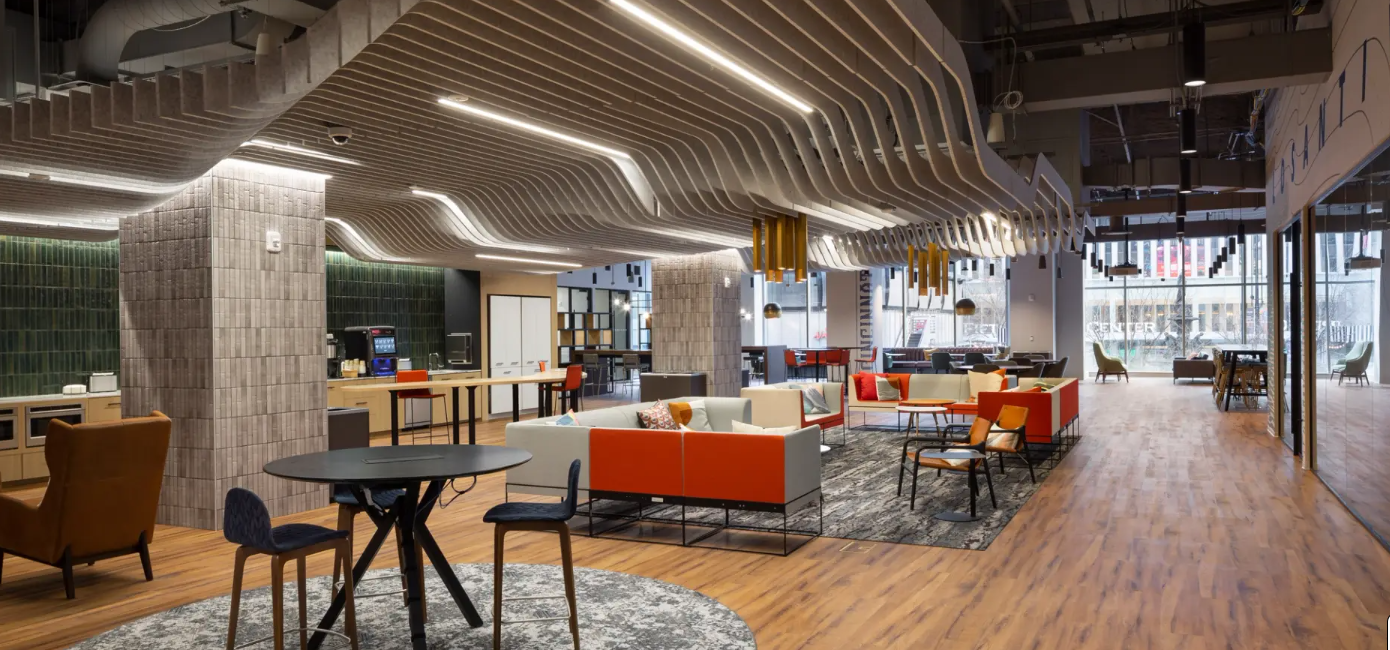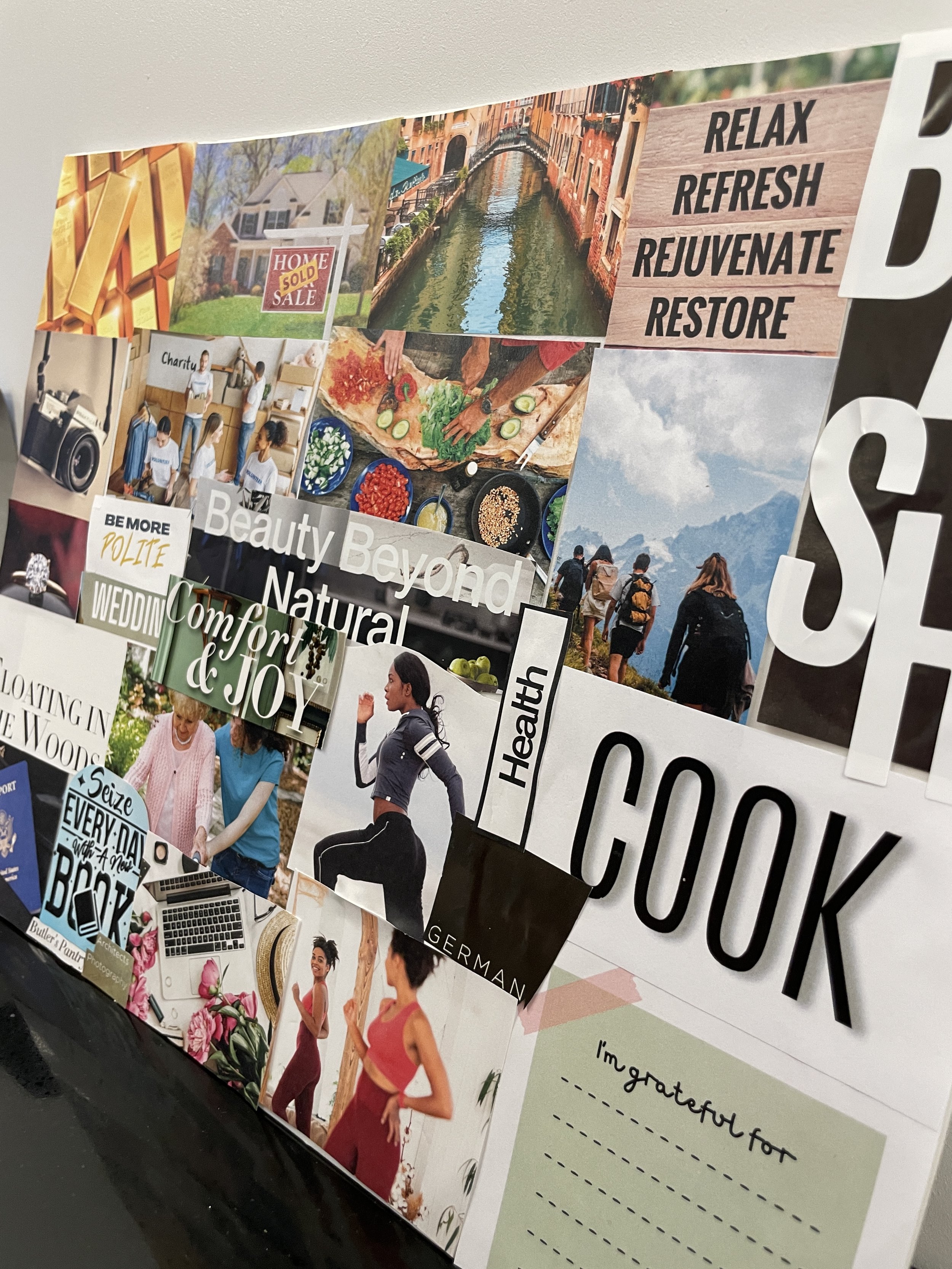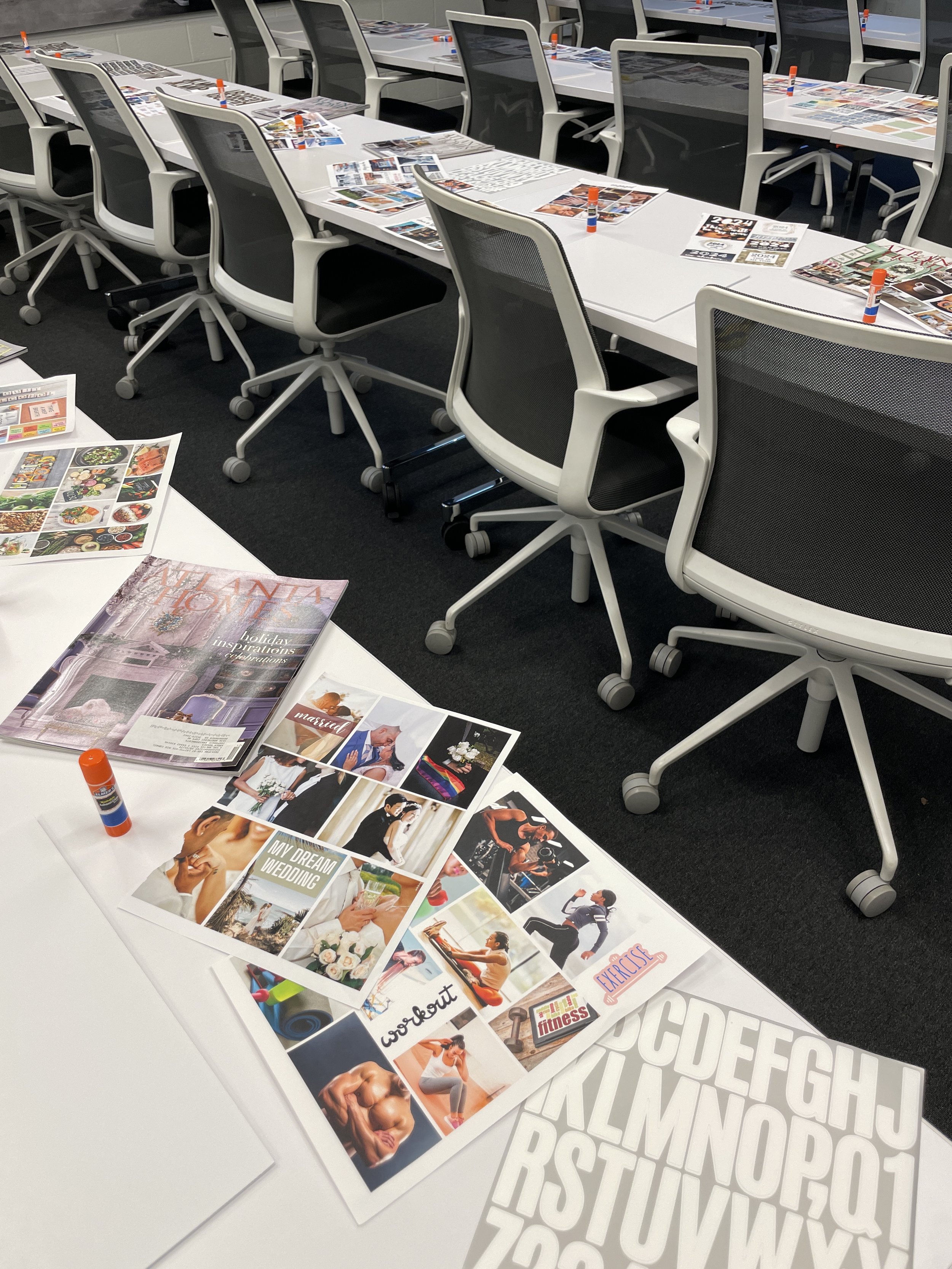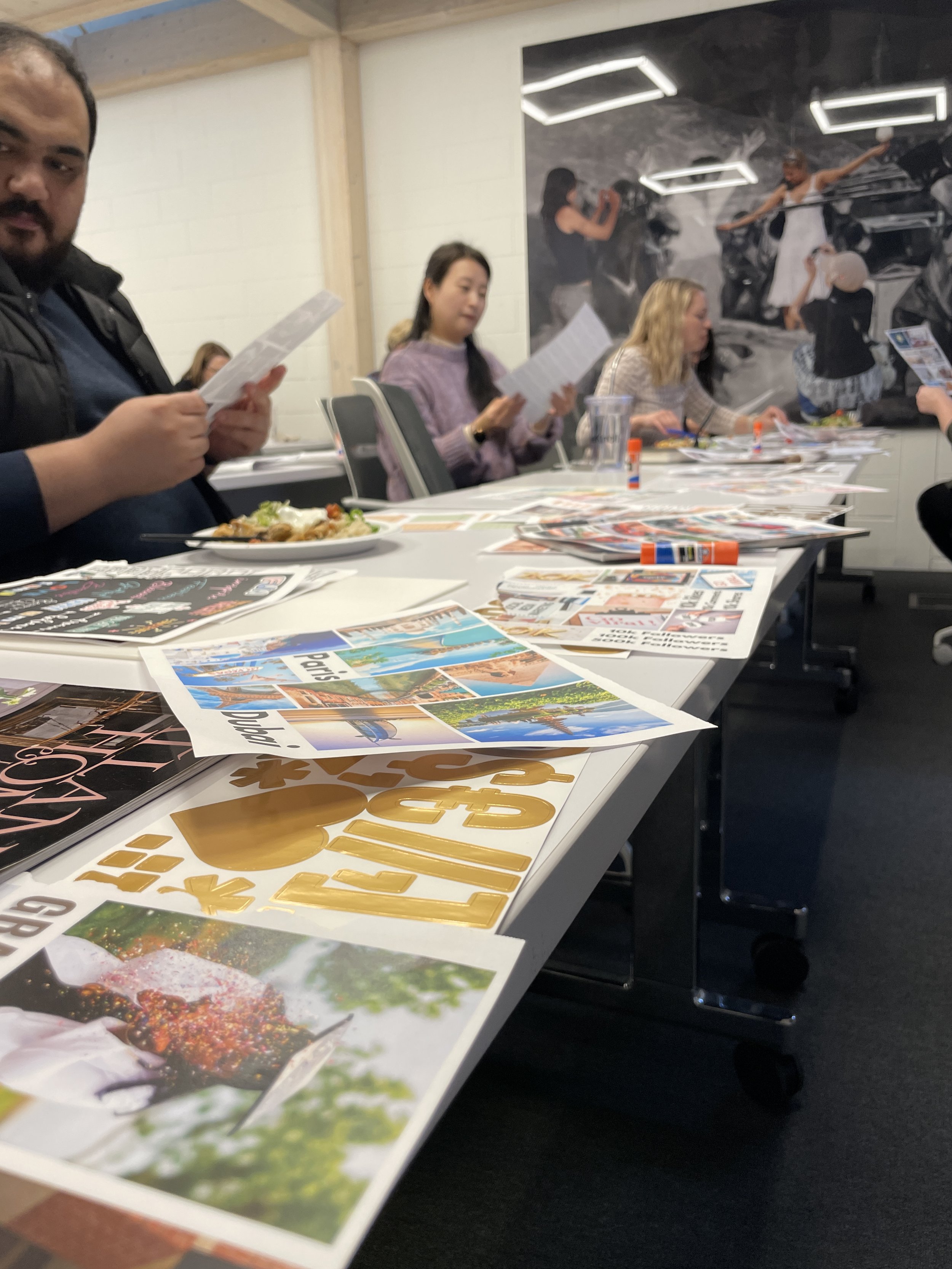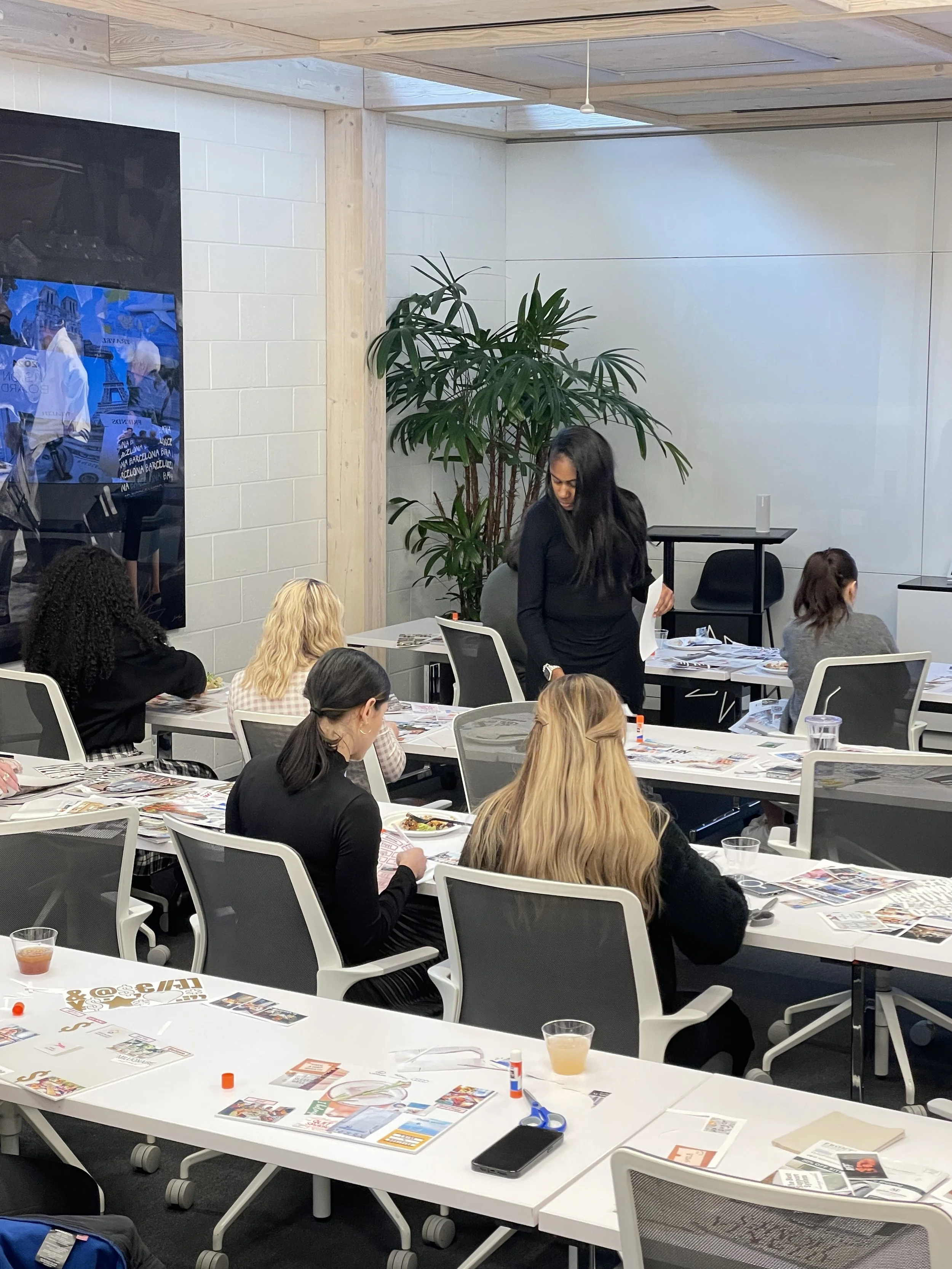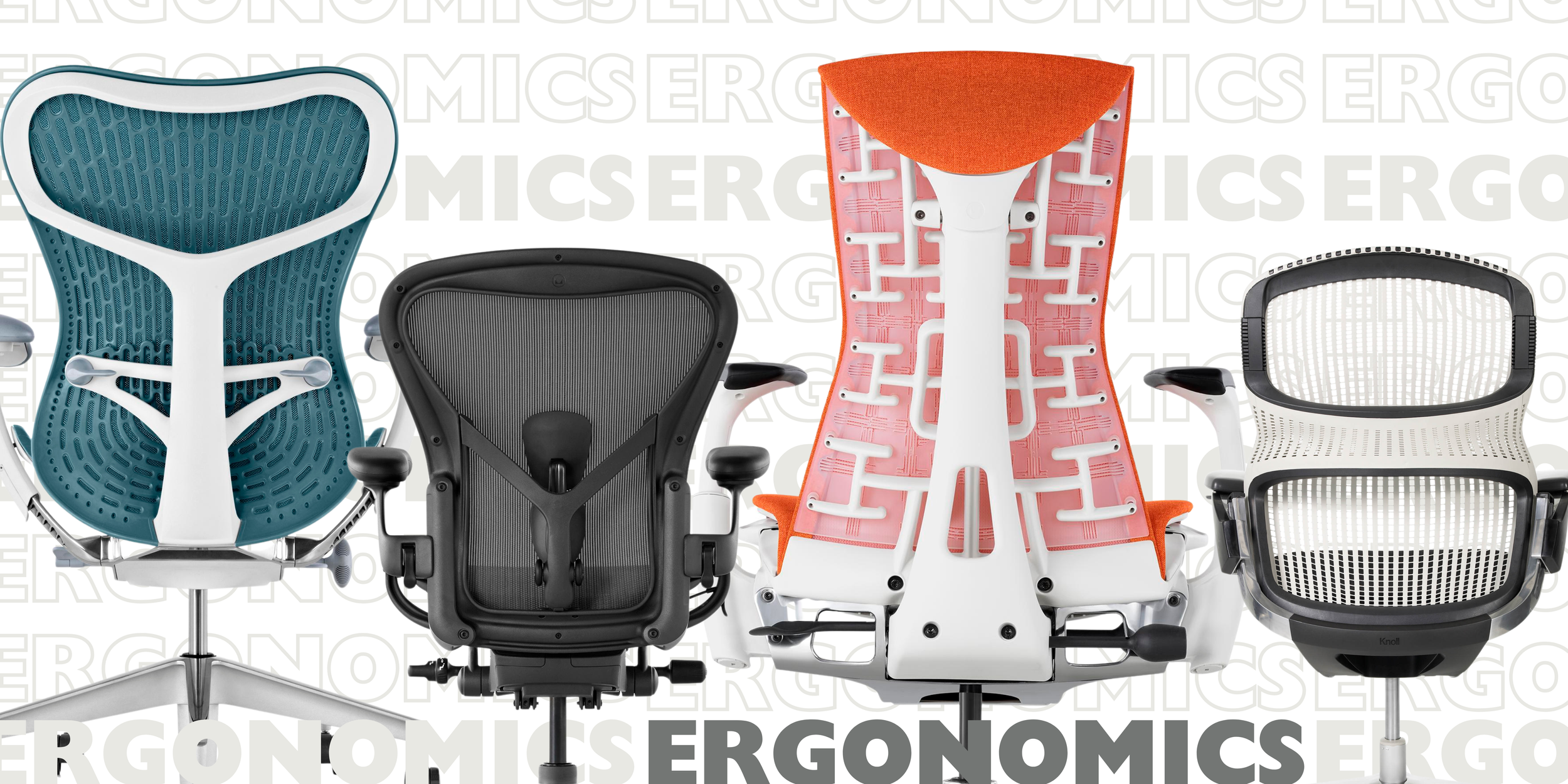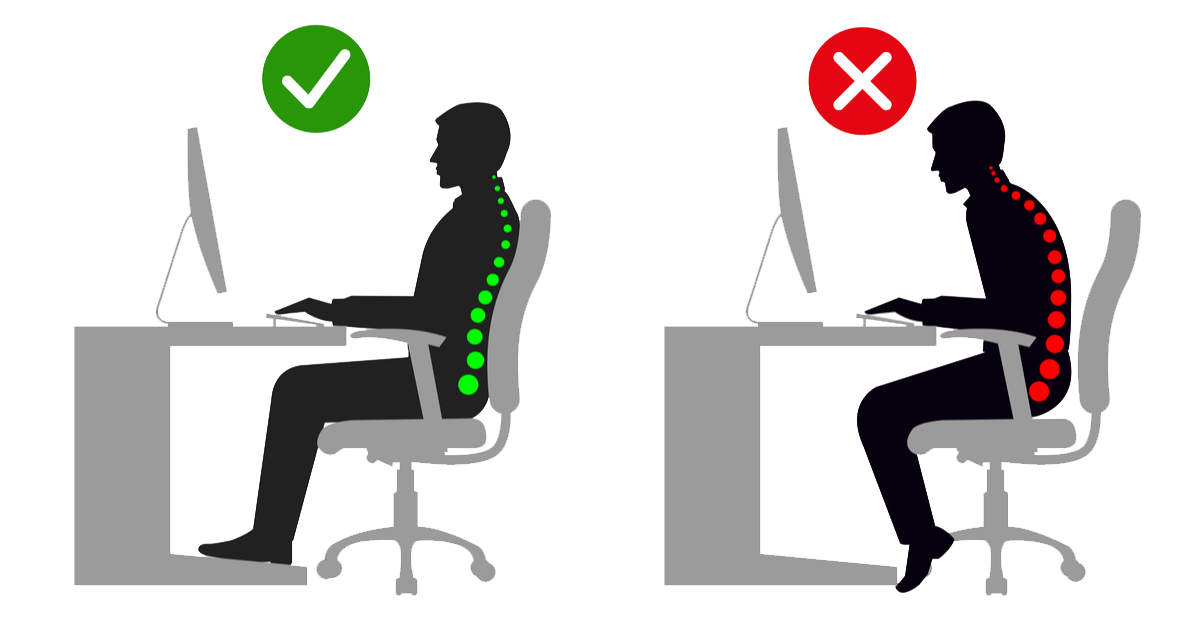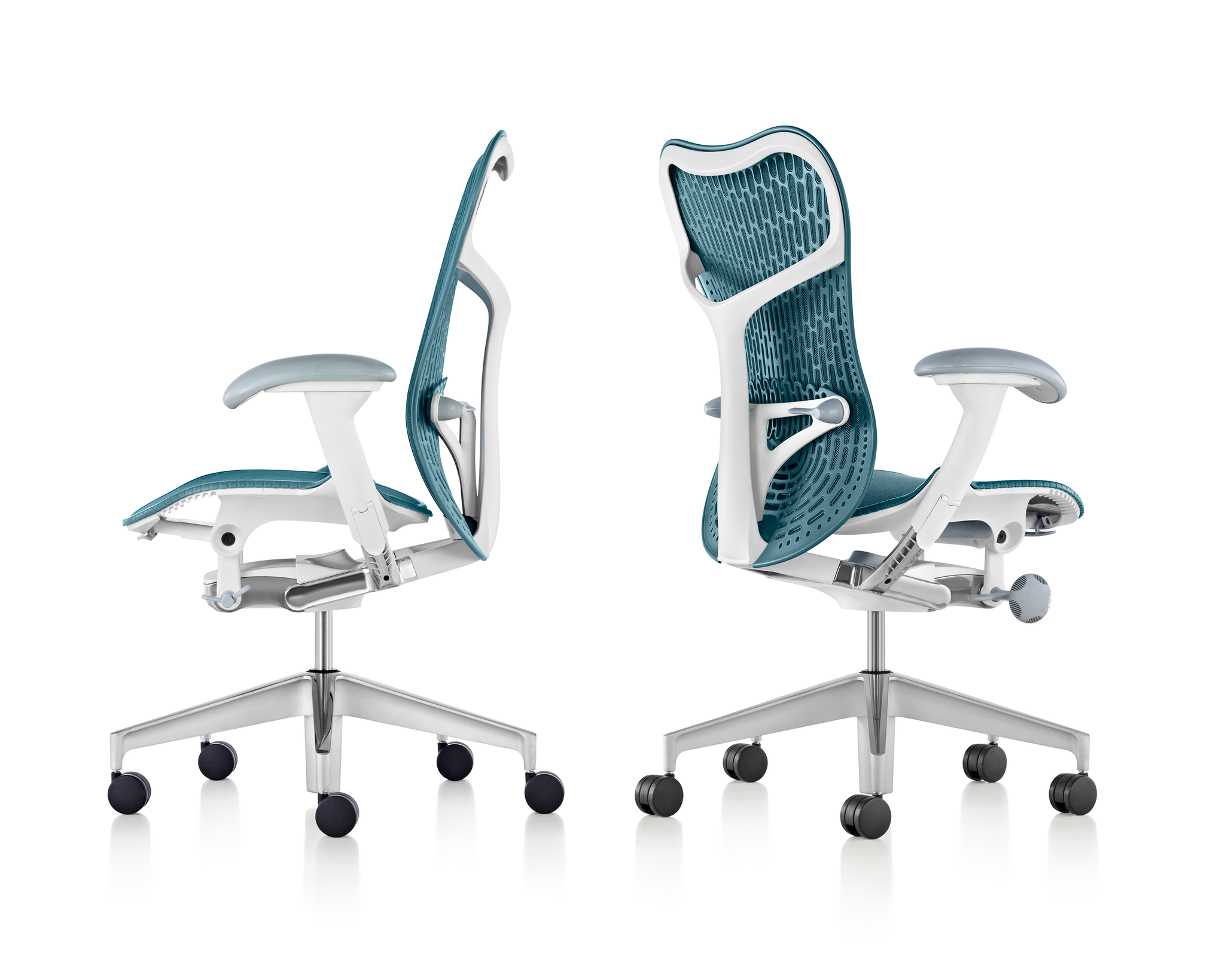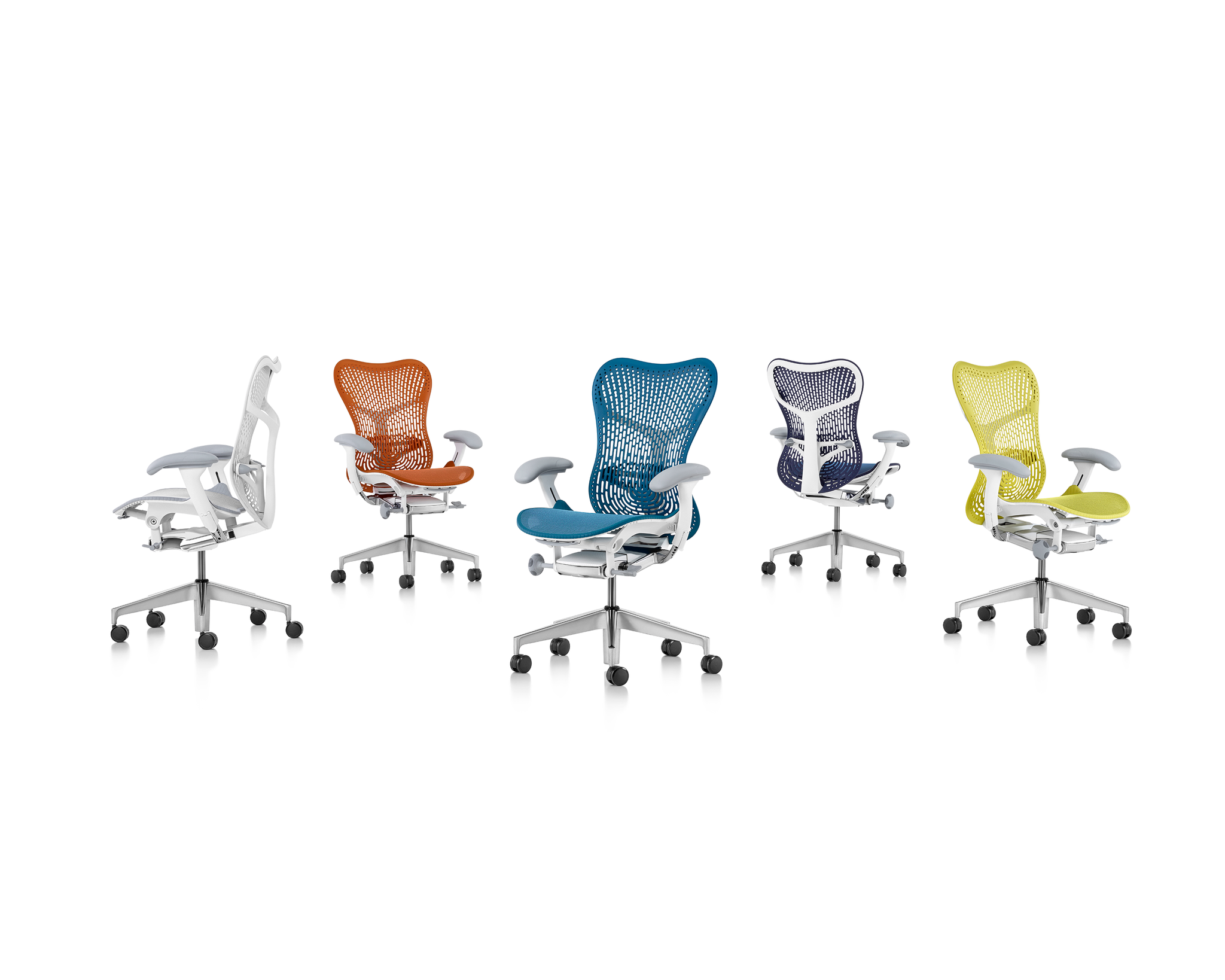The Green Revolution: Sustainable Design Trends in Commercial Interiors for 2024
Earth Day has been celebrated on April 22nd since 1970; it is a time to reflect on our impact on the environment and explore ways to embrace sustainability in every aspect of our lives. In the commercial design industry, 2024 is shifting towards more eco-conscious designs
Photo: Entertainment Tonight
Earth Day has been celebrated on April 22nd since 1970, it is a time to reflect on our impact on the environment and explore ways to embrace sustainability in every aspect of our lives. In the commercial design industry, 2024 is shifting towards more eco-conscious designs. According to the World Economic Forum, approximately 40% of solid waste in the United States comes from construction and demolition activities. As the demand for sustainable solutions grows, manufacturers are answering the call through eco-friendly, and efficient designs. Learn with us as we dive into some furniture manufacturers and how they are leading the charge in sustainable design for 2024:
1. Millerknoll:
A merger of two industry giants, Millerknoll combines Herman Miller's commitment to sustainability with Knoll's innovative design approach to improve both spaces and our planet. With products that prioritize both aesthetics and environmental responsibility, Millerknoll offers a diverse range of sustainable furniture solutions for work environments. When the collective of brands came together in 2021, they came with a different point of view all to make the future of design more sustainable for clients, the community, and the planet. MillerKnoll has taken the steps to do more for our planet by engaging the entire community in their sustainable practices such as eliminating plastic water bottles at all facilities reducing single-use plastic in packaging by 30% to and engaging in Maersk ECO delivery to replace fossil fuel with green fuel. The collective brands have designed products to be easily disassembled and recycled at the end of life. For example, the Ever Sofa by NaughtOne is the brand’s first upholstered product made to be easily disassembled and recycled at the end of life. The collective’s tradition of designing a greener world is evident as their 2030 goals continue to inspire more sustainably manufactured products such as Herman Miller’s Eames Molded Plastic Chair. As of 2022, the Eames Molded Plastic Chair is being made using 100% post-industrial recycled plastic.
2. Geiger:
Geiger, part of the MilerKnoll collective, specializes in high-quality wood furniture crafted with sustainability. With a focus on responsible forestry practices and minimal environmental impact, Geiger offers timeless designs that prioritize both aesthetics and eco-friendliness. Collaborating with the Environmental Protection Agency and its chemical suppliers, Geiger initiated the development of water-based top-coat materials in the mid-1990s. By 1998, they transitioned to water-based stains and sealants, making Geiger one of the pioneering furniture manufacturers globally to do so. This switch not only removed solvent-based materials and their associated VOCs from their processes, maintaining top-notch finishes for their products, placing Geiger on the path to becoming a leader in sustainable manufacturing.
3. DIRTT:
DIRTT stands out in sustainable construction and interior solutions in a big way. When your needs shift, DIRTT's adaptable system enables immediate, simple, and cost-efficient adjustments to your space, avoiding the need for demolition. By continually repurposing elements of your environment, you safeguard your investment, allowing for future reconfigurations and moves while minimizing landfill waste. DIRTT’s flexible system is engineered for disassembly, reducing the carbon footprint associated with both initial construction and subsequent modifications. With the multi-trade prefabrication construction system, your space is meticulously manufactured and pre-assembled at DIRTT's facilities, optimizing material usage, minimizing offcuts, dust, or waste, and ensuring a clean and efficient construction process.
4. Global:
Global is another industry leader in sustainable furniture design. When you think Global, think green. Global’s environmental commitment is seen throughout their manufacturing process. For example, eliminating the use of CFCs (Chlorofluorocarbons) and HCFCs (hydrochlorofluorocarbons) in all their manufacturing processes to protect the ozone layer. They utilize powder coat paint finishes, employing an electrostatic process that reclaims and reuses 99% of overspray without any solvents or CFCs. Of course, with the number of textiles used in our industry, Global is known to turn scrap into style with their partnership with Echoes in the Attic where they use textile scraps in their product designs from handbags to pillow designs, thus promoting reuse and restyling of fabrics. Global believes that they have a responsibility to protect the environment in all possible ways. Through their End-of-Life Program, they have been able to redirect their products to national/international programs for appropriate life cycle management instead of landfill disposal. Their product line not only prioritizes ergonomic functionality but also demonstrates environmental responsibility through a diverse array of eco-friendly offerings.
5. OFS:
OFS prioritizes sustainability, offering eco-conscious furniture solutions ideal for environmentally friendly commercial interiors. Their commitment to sustainable design is apparent in the introduction of two new fabrics, Allure and Roam, both made with Repreve recycled fiber. Each yard of Allure fabric incorporates 31 recycled bottles, while Roam contains 21 recycled bottles. OFS has also partnered with One Tree Planted to contribute to global reforestation efforts. Tree planting stands as the foremost solution to combatting climate change. Through this partnership, OFS can plant sufficient trees to counterbalance Greenhouse Gas emissions. These emissions encompass their building electricity and natural gas consumption, as well as transportation fuel usage for Styline and all company-owned vehicles.
As we celebrate Earth Month in April, it’s important to consider the environmental impact of our design choices. The shift towards sustainable design trends in commercial interiors for 2024 reflects a growing awareness of our responsibility to protect the planet. By choosing manufacturers like Millerknoll, DIRTT, Global, OFS, and Geiger, businesses can not only create aesthetically pleasing work environments but also contribute to a greener, more sustainable future. Let’s continue to prioritize sustainability in every aspect of our lives, starting with the spaces where we work and thrive.
These are only a highlight of the trends we’ve observed, what other trends are you seeing in sustainable design?
Celebrating the women who shaped the furniture industry
As we honor Women’s International Month, let us explore the lives and legacies of some of the most influential women in the furniture industry. From pioneers like Florence Knoll and Ray Eames to the trailblazers of today, their stories remind us of the power of perseverance, creativity, and determination in shaping the world around us.
Photo: Entertainment Tonight
International Women’s Month has finally kicked off! As we embark on this month-long celebration of women’s achievements and contributions, we are reminded of the incredible accomplishments made by women in the furniture design industry. Corporate Environments and MillerKnoll have been nurtured by the dedication and vision of women like Karen Hughes and Andi Owen. Their efforts and commitment to excellence have pushed our organizations forward, inspiring others along the way.
As we honor Women’s International Month, let us explore the lives and legacies of some of the most influential women in the furniture industry. From pioneers like Florence Knoll and Ray Eames to the trailblazers of today, their stories remind us of the power of perseverance, creativity, and determination in shaping the world around us.
The women behind Millerknoll:
FLORENCE KNOLL
Florence Knoll, an iconic figure in the world of furniture design, was not only a visionary designer but also an entrepreneur. As the driving force behind the renowned furniture company Knoll Inc., Florence played a pivotal role in shaping the modern landscape of interior design. With her keen eye for aesthetics and functionality, she revolutionized the concept of office furniture, introducing sleek, minimalist designs that emphasized both form and function.
Knoll's approach to design, characterized by clean lines, geometric shapes, and a harmonious blend of materials, set a new standard for modern furniture that continues to influence designers to this day. Her commitment to quality craftsmanship and attention to detail ensured that each piece exhibited elegance and sophistication.
Office Concept Sketch by Florence Knoll
Beyond her contributions to furniture design, Florence Knoll paved the way for women to assume leadership roles in the male-dominated field of design and architecture. Her legacy serves as an inspiration to aspiring designers everywhere, reminding us that with talent, perseverance, and determination, anything is possible.
To learn more, click Florence Knoll
RAY EAMES
Ray Eames, along with her husband Charles, formed one of the most iconic design duos of the 20th century. Together, they created some of the most influential furniture designs of their time, leaving a lasting mark on the world of modern design.
As a multifaceted artist, Ray Eames brought her unique perspective and creative vision to every project she undertook. Her playful yet sophisticated approach to design, characterized by bold colors, organic forms, and innovative use of materials, helped redefine the aesthetic of mid-century modernism. From the iconic Eames Lounge Chair to the innovative molded plywood furniture, Ray Eames' designs exemplified innovation and experimentation of the mid-century modern era.
Her ability to seamlessly blend art and functionality resulted in furniture that was not only visually striking but also comfortable and practical, making it accessible to a wide audience.Ray Eames' influence extends far beyond the realm of furniture design, encompassing architecture, filmmaking, and graphic design. Her spirit and creativity continue to inspire designers and artists around the world, proving that true innovation knows no bounds.
To learn more, click here Ray Eames
As we celebrate International Women’s Month, let us pay tribute to these extraordinary women and the countless others who have made invaluable contributions to the furniture industry. Their creativity, ingenuity, and passion have not only shaped the way we live and work but have also enriched our lives in ways we may never fully realize. Here's to the visionaries, and the pioneers who continue to inspire us with their timeless designs and enduring legacies.
We know that you all have a favorite designer that has impacted you so we want to know, who are your heros that you celebrate for International Women’s Month? Let us know in the comments!
Harmonizing Productivity: Harnessing Acoustics in the Workplace
The role of acoustics in the workplace is important. Excessive noise can serve as a daily obstacle, hindering concentration, disrupting workflow, and ultimately impacting job satisfaction. Whether it's the bustling chatter of colleagues, the continuous ring of phones, or the persistent ticking of the clock, unwanted noise can significantly slow down productivity
It's 3 o'clock, and the day feels like it's crawling along at a snail's pace. You find yourself immersed in putting the final touches on your project, but the surrounding noise makes it feel like an uphill battle. John's phone call with his wife echoes through the room, while Max's continuously buzzing phone adds to the noise. Sarah, seated beside you, murmurs softly to herself as she reads through her emails. A never-ending ticking sound surrounds you, but nowhere to go to drown out the noise.
In today's ever-evolving work landscape, the traditional 9-5 work model is undergoing a significant transformation. With companies determined to strike a balance between bringing employees back to the office and attracting top talent, the focus has shifted towards creating environments that prioritize both productivity and well-being. This paradigm shift needs the integration of collaborative spaces, individual workstations, and thoughtful acoustic designs to achieve both. Acoustic design, furniture placement, the addition of carpets/rugs, biophilia all go hand in hand to minimize distractions, reduce stress levels, and mitigate sound distortion to appease neurodiverse employees.
The role of acoustics in the workplace is important. Excessive noise can serve as a daily obstacle, hindering concentration, disrupting workflow, and ultimately impacting job satisfaction. Whether it's the bustling chatter of colleagues, the continuous ring of phones, or the persistent ticking of the clock, unwanted noise can significantly slow down productivity.
Companies like Turf and Buzzispace have emerged as pioneers in providing innovative solutions to address these challenges. Turf's acoustic panels and partitions are meticulously engineered to absorb sound, reduce echo, and mitigate noise pollution facilitating an environment conducive to focus and engagement throughout the workday.
Similarly, BuzziSpace offers a diverse range of acoustic furniture, including sound-absorbing chairs, booths, and pods, which not only serve as stylish additions to the office but also provide functional solutions for creating quiet zones within the workspace.
By incorporating Turf Acoustic Solutions and BuzziSpace solutions into office design, companies can cultivate a more balanced work environment that supports collaboration, concentration, and creativity. These investments not only enhance productivity but also foster a sense of comfort and well-being among employees, serving to the neurodiverse group.
Prioritizing acoustic design empowers organizations to create a more encouraging work environment that nurtures employee well-being and performance. This includes sound-absorbing materials, thoughtful layout configurations, and the integration of technologies such as white noise machines or sound masking systems to minimize distractions and cultivate a quieter workspace.
Acoustics play a pivotal role in shaping the ambiance of the workplace. By addressing the challenges of noise and sound control, companies can pave the way for quieter, more productive work environments that promote employee and company success.
Corporate Environments was tasked with designing the Office of the Future at the Warner Robins Air Force Base; when doing so, it encountered a significant obstacle: the space featured high ceilings, which posed a challenge for managing sound levels effectively. By leveraging their knowledge and experience, they set out to implement tailored solutions that would harmonize productivity with the unique architectural features of the space.
The successful completion of the Office of the Future project at Robins Air Force Base underscored the transformative power of acoustics in shaping the modern workplace. Through design solutions and a commitment to excellence, Corporate Environments and MPS Acoustics demonstrated their ability to overcome challenges and deliver innovative acoustics optimized for productivity and well-being. As organizations continue to prioritize the creation of conducive workspaces, the role of acoustics will remain indispensable in unlocking the full potential of their workforce.
Contact us today to revolutionize your work environment!
Workplace Well-Being: Building a Supportive environment for Employees
As we continue celebrating Mental Health Awareness this month, the focus is on well-being, especially in the workplace. Explore how the workplace can contribute to and enhance employee well-being.
As we continue celebrating Mental Health Awareness this month, the focus is on well-being, especially in the workplace. This year, the conversation around well-being has and will continue to gain momentum as organizations recognize the impact of physical spaces on employee fulfillment.
The terms "wellness" and "well-being" are often used interchangeably. However, there's a difference. While wellness focuses on physical health, well-being is emotional, mental, social, and state of being. Understanding this distinction is important in designing strategies to support employees better. Explore how the workplace can contribute to and enhance employee well-being.
1. Emotional Well-Being: Fostering a Positive Atmosphere
Emotional well-being involves understanding and managing emotions. In the workplace, creating a positive atmosphere through open communication, recognition programs, and emotional support systems can contribute to the emotional well-being of employees.
2. Mental Well-Being: Embracing Individual Differences
Mental well-being goes beyond mental health issues. To support mental well-being, workplaces should embrace the differences in how individuals process sensory signals. (For more on this, check out our post: Embracing Neurodiversity) Providing mental health resources, destigmatizing mental health discussions, and offering flexibility can positively impact employees' mental well-being.
3. Social Well-Being: Cultivating a Connected Community
Social well-being is supported through positive interactions and a sense of community. The workplace can support social well-being by fostering a collaborative environment, organizing team-building activities, and promoting inclusivity. These initiatives contribute to a sense of belonging and social connectedness. At Corporate Environments, community and inclusivity are at the forefront of our organization. This month, the Spirit Committee planned a Vision Board Party for employees to participate in together to bring their visions to life by allowing a time to just enjoy being together, decompress, manifest, and set the stage on a positive note for the year.
4. State of Being: Designing Physical Spaces with Purpose
Designing physical spaces with purpose involves considering factors like lighting, ergonomic furniture, and comfortable break areas to allow employees various settings. A thoughtfully designed workplace can positively influence the overall state of being, contributing to a balanced work environment.
To support employees’ well-being, workplaces must take intentional steps. This includes providing resources for mental health, offering flexible work arrangements, fostering a culture that prioritizes emotional support, and creating a physically encouraging environment. Recognizing and addressing the diverse needs of employees creates a more inclusive and supportive workplace.
When fostering employee well-being, understanding the differences between wellness and well-being is key. The workplace, as a significant part of our daily lives, has the potential to either enhance or hinder well-being. By prioritizing emotional, mental, social, and overall state of being, and designing physical spaces with purpose, organizations can contribute to a positive and supportive environment that promotes employee well-being in 2024 and beyond.
Ready to transform your workplace into a thriving hub of well-being and productivity? Contact us today!
7 Workplace Trends for 2024: Take a look at what’s in.
As we step into 2024, new trends are set to redefine the way we work, collaborate, and innovate.
In the ever-evolving workplace landscape, staying ahead of the curve is essential for businesses to thrive. This year's trend is for organizations to focus more on how the office can support employee needs rather than the number of employees working there. As we enter 2024, new trends are set to redefine how we work, collaborate, and innovate.
Here are the 7 rising workplace trends to look for in 2024:
1. In: Flexibility and adaptability in workspaces. | Out: Traditional, rigid 9-to-5 office structures.
The workplace has long been changed since the pandemic. Now, employees have the freedom to choose to work in or out of the office in search of spaces that support their needs, from quiet spaces to collaborative and technology-friendly spaces. The hybrid work model is here to stay in 2024, but many will continue to push for in-person experiences to make it worth the commute and build company culture where people can learn, grow, and feel accomplished. These spaces are needed more than ever now, ensuring a work environment that caters to the varied preferences and requirements of all employees. It’s a matter of how employers can provide an adaptable workspace for all.
2. In: Integration of VR/AR for immersive meetings. | Out: Conventional video conferencing tools.
The integration of VR and AR for immersive meetings will continue to rise in workplace settings to enhance team collaboration, brainstorming sessions, and shared virtual workspaces. The ability to create these immersive experiences is not only helpful to designers but also helps with onboarding new hires, training opportunities, providing virtual tours to international clients, and optimizing 3D models to present all angles.
3. In: Well-being programs addressing mental health. | Out: Neglecting mental health and overall well-being.
It is important to destigmatize mental health in the workplace and promote a culture that encourages open conversations, support systems, and clear access to professional resources. A supportive work environment contributes to the overall well-being of employees. Happier employees make a happier work experience and collectively get work done. The workplace is not just about having an onsite gym but more about creating spaces to connect, recharge, and have an overall positive impact on employees.
4. In: Eco-friendly office spaces and sustainable business practices. | Out: Indifference towards environmental impact.
As it remains prevalent in today’s climate, sustainable design is no longer an option but an obligation to our planet, and it starts with us - designing workspaces with sustainability at the forefront. The workplace of the future starts with not only smart technology but also pushing for sustainable design resources to increase the quality of our global community. Sustainability doesn’t always mean eco-friendly furniture but prioritizing natural lighting, pushing recycling initiatives, natural ventilation, and effective heating control systems. There is so much office spaces can do to better support eco-friendly business practices, from selecting materials produced with minimal emissions and eco-friendly materials to implementing reduce, reuse, and recycle strategies within the company culture, and much more.
5. In: AI-powered tools | Out: Manual, time-consuming processes without AI integration.
As the rise of AI resources is becoming a focus in today’s workplace, 2024 will be the year many companies will start to push out tools to reduce the time spent on tasks and increase available time to focus on strategic planning and the company's success. These AI-powered tools will be common as companies move towards a more efficient way to organize and analyze data, generate content, and automate simple daily tasks. This wave of new AI technology was only available to a niche industry, now every organization has some level of access to an AI tool to better improve work quality in less time and at a lower cost.
6. In: Continuous learning programs for skill development. | Out: Static skill sets with no emphasis on ongoing learning.
In today’s evolving professional world, the static skill set is becoming more outdated, and many organizations are focusing on providing workspaces that encourage continuous learning programs for individuals to expand their knowledge, enhance their professional growth and increase overall job satisfaction. Promoting a learning environment ensures that employees stay relevant in this rapidly evolving job market and helps employers retain top talent by prioritizing their personal and professional growth.
7. In: Creating diverse and inclusive environments. | Out: One size fits all
Providing practical strategies to foster inclusivity from hiring practices, diversity training, and creating groups to support employees of all backgrounds is a non-negotiable for 2024. It is important that organizations are actively working towards diversity and inclusion to create a workspace where every individual feels valued, included and supported.
The commercial workplace of 2024 is set to be a dynamic and innovative space, driven by what's in and what's out. By embracing the trends that are shaping the future and leaving behind outdated practices, businesses can create work environments that inspire creativity, collaboration, and success. As we navigate the evolving landscape, the key lies in adaptability and a forward-thinking approach to ensure a thriving commercial workplace that is focused more on the people who utilize it everyday.
SIT SMART, WORK WELL: 4 BENEFITS OF AN ERGONOMIC CHAIR YOU CAN’T IGNORE
Melissa, a designer at a local design firm in Atlanta, has been working at the firm for almost 2 years. At only 24 years old, she finds herself scheduling a few too many chiropractic appointments for someone who considers themselves a healthy person. One evening, as she plugged away on a project, Melissa caught herself constantly readjusting in her office chair.
Melissa, a designer at a local design firm in Atlanta, has been working at the firm for almost 2 years. At only 24 years old, she finds herself scheduling a few too many chiropractic appointments for someone who considers themselves a healthy person. One evening, as she plugged away on a project, Melissa caught herself constantly readjusting in her office chair. A moment of self-awareness struck her as she realized the discomfort she was experiencing. Her chair was the culprit. Whether you find yourself working in a home office, a flexible coworking space, or your favorite Starbucks, the common denominator here is sitting.
While the act of sitting may seem straightforward, it involves a complex interaction of bones, muscles, tendons, joints, and nerves. Even when we “sit still” our bodies are constantly moving. So, while the act of sitting is natural, maintaining one seated position for a long time (like the traditional office task position) is not. When we sit in forward leaning positions we place a massive stress on our bodies, particularly the lumbar area of the back and spine - (sound familiar?)
So why question the chair you’re sitting in? What sets a better office chair apart from the ones readily available on Amazon? The answer lies in the term "ergonomic," a buzzword that has been steadily gaining traction in the commercial furniture industry. In short, ergonomics is the study of people in their working environment. An ergonomic chair is designed with the explicit goal of removing discomfort and promoting optimal well-being.
In a world where the consequences of sedentary work are increasingly evident, an ergonomic chair serves as more than just a comfortable seat. It becomes a proactive measure to protect against the toll of prolonged sitting, offering a solution to the physical strain that many, like Melissa, experience. As conversations about ergonomic practices grow, picking your workplace office chair isn't just about convenience—it's a commitment to your employees' health.
Consider these top four features in the DNA of an ergonomic chair when contemplating your next seating choice:
1. Natural Balanced Movement:
An ergonomic chair is designed to promote natural and balanced movement while seated. Traditional chairs may force the body into fixed positions, leading to discomfort and stiffness. The Mirra 2 chair strikes a delicate balance between support and flexibility. Its Butterfly Back design ensures optimal spinal support, while the flexible seat and back adapt harmoniously to the user's movements. Reflecting Millerknoll's commitment to sustainability, the Mirra 2 is also an environmentally conscious choice for conscientious workplaces. Building on its past as the first office chair made with the environment in mind, Mirra 2 keeps the eco-friendly design going by using and reusing materials better. When redesigning Mirra, Studio 7.5's rule was simple: "every molecule counts."
2. Total Spinal Support
Designed with the natural curve of the spine in mind, this support helps prevent slouching, minimizes the strain on the lower back, and reduces the risk of developing back pain. Millerknoll's Embody Chair stands at the forefront of ergonomic innovation. Its pixelated support system adapts dynamically to the user's movements, promoting healthy posture and minimizing discomfort. It is known for pressure distribution, natural alignment, and support for healthy movement.
3. Dynamic Fit:
Ergonomic chairs are designed to support you through all your twists and turns, no matter the shape or size of your body. For example, the Aeron chair, an enduring symbol of ergonomic excellence, has evolved with the times under the Millerknoll banner originating in 1994. Having a breathable mesh design and customizable adjustments, the Aeron chair provides unparalleled lumbar support for a wide range of body types. For more than 30 years, MillerKnoll has been perfecting Aeron so that it’s good for your body as well as for the environment. It’s the chair that moves forward.
4. Flexible to use in different settings:
From comfort during group settings, to dedicated workstations, the chair accommodates sitting styles and postures with little to no adjustment to provide support for both short and long-term sitting. The Generation chair is designed to cater to the needs of modern, dynamic workstyles. With its adaptive flex back and intuitive adjustments, the Generation chair supports natural movement, empowering users to stay comfortable and engaged throughout their workday.
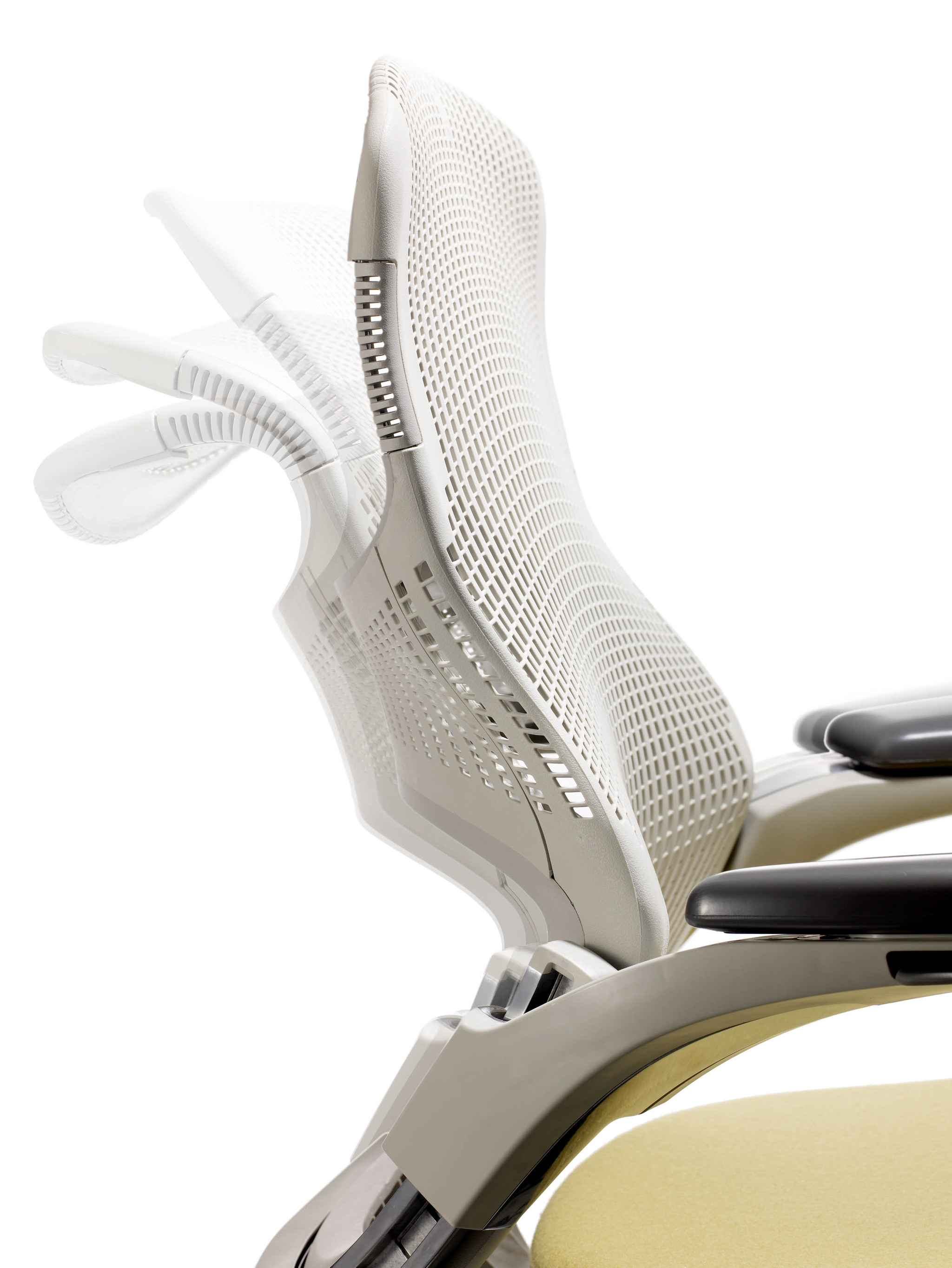

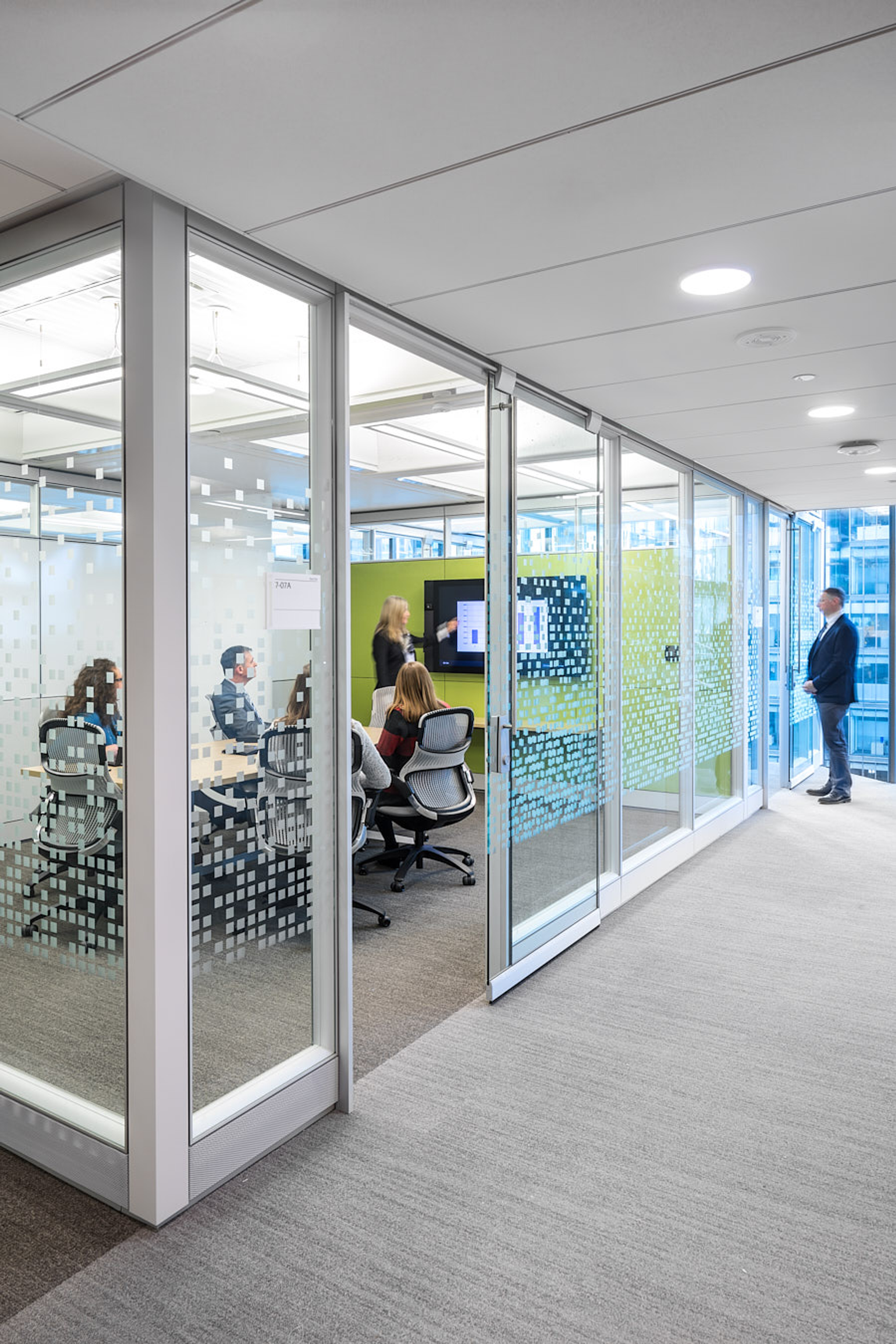
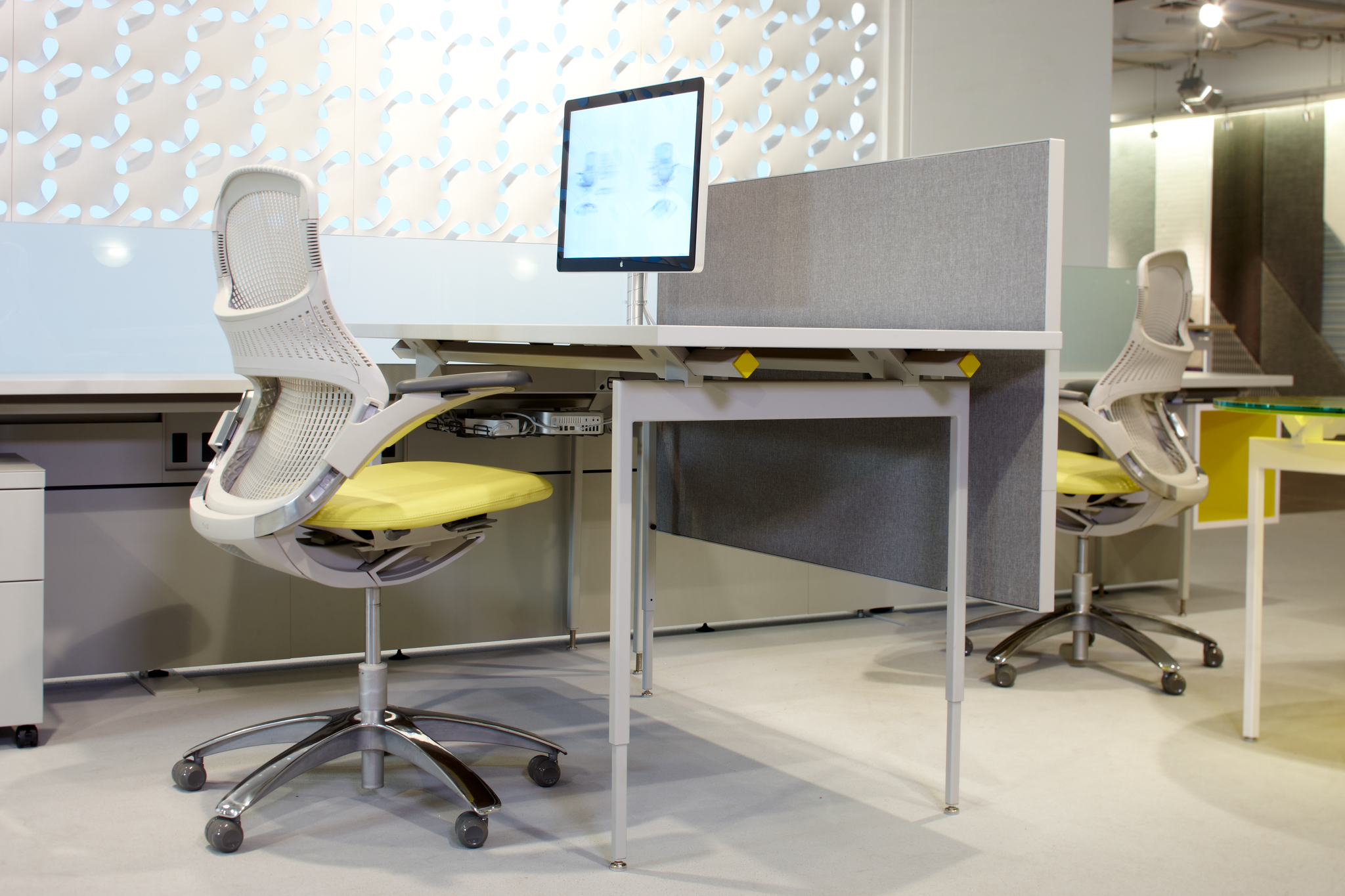
Are you ready to take control of your posture through a better sitting experience? Explore the ergonomic chairs and discover the mixture of design, comfort, and well-being.
Schedule a showroom tour to sit in various ergonomic chairs and find the perfect one for you and your space.


